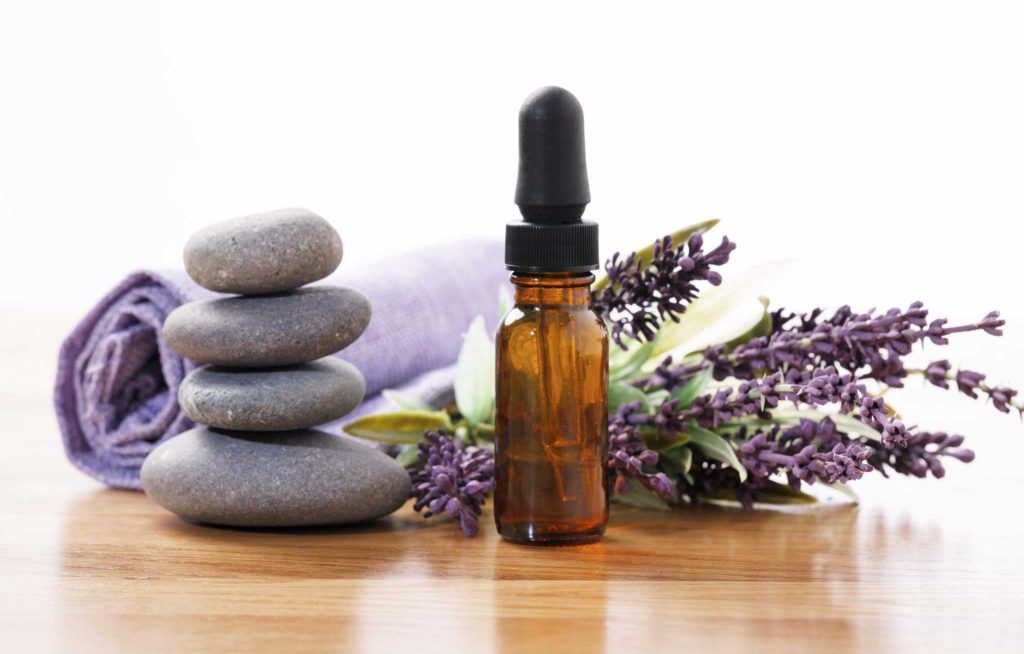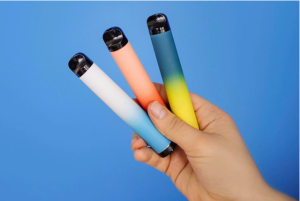Essential Oils Vs Fragrance Oils – What’s The Difference?

Essential oils
Essential oils and fragrance oils are not the same. Essential oils are extracted from various parts of plants using distillation, expression, or solvent extraction. Sometimes, several different oils can be extracted from the same plant. An orange tree, for example, can produce essence from its fruit, blossoms, and leaves, each specific part lending us its own unique essence. Essential oils are also more expensive than fragrance oils, because it can take hundreds of pounds of plant material to make one pound of essence. To make a single pound of rose oil, it takes 2000 pounds of rose petals!
Fragrance oils are a mix of various chemical components, some of which are natural and some synthetic. Some folks may shudder at the word “chemical,” but remember, even pure tea tree oil is comprised of chemical components. Some fragrance oils contain Essential Oils India, and some do not. Many fragrance oils are diluted in order to create uniformity amongst all fragrance oils. Some fragrance oils are “more natural” than others, and it is up to smart soap and cosmetic manufacturers to use only skin safe (or “safe synthetics,” as Lush refers to them) fragrance oils in their products.
Using pure essence is the only way to achieve a product that is 100% natural. Essential oils, or “EO,” can offer many aromatic and therapeutic benefits. For example, lavender has been used as a soothing sleep aid, for headache relief, as a disinfectant, and to repel insects. Many believe that a product made with a lavender fragrance oil will not deliver these same benefits. Pure tea tree oil is commonly known as an effective acne treatment, as it has powerful antiseptic properties. Tea tree oil soap can awaken and stimulate the senses as well as keep problem skin matte and smooth.
Fragrance oils have many benefits as well. They can be used when a pure essence is not available. For example, there is no essential oil for the scent of a strawberry, therefore, a fragrance oil can be used. Also, you just can’t get almond biscotti, gingerbread, vanilla sugar, or clean cotton purely from nature. Many may believe that anything other than a pure essential oil cannot have therapeutic benefits, but I sure do look forward to using my store-brand green apple (for which there is no essential oil) shampoo in the mornings! I would definitely consider something that gets me out of bed in the morning a “health benefit” or a “mood enhancer.”
As a soap maker, I use both essential oils and fragrance oils. It is important to remember that, though natural, not all essential oils are “safe.” Several of the citrus oils can cause phototoxicity. If you used a leave-on cream or lotion made with orange EO, for example, and then spent some time outdoors, you may experience a severe reaction to natural sunlight. It is suggested that rosemary EO should be avoided during pregnancy and is unsuitable for people with epilepsy or high blood pressure. Contact sensitivity can happen anytime after the first exposure to an essential oil, and it is caused by the immune system’s response to one or more of the chemicals in the essential oil. This is characterized by redness, rash, or hives. It is very important to remember that most essential oils can NOT be applied directly to the skin without being diluted. Also, an EO that is safe when inhaled, for example, may be irritating if applied to the skin. Cinnamon and clove oil smell absolutely amazing, and each have their own therapeutic benefits. However, if applied to the skin in concentrations as low as 3-5%, these oils can be very irritating. It has been my experience that body wash or soap containing peppermint EO makes my heart race. That is very unfortunate, because I do love the taste and smell of peppermint. As I mentioned above, chemicals are chemicals, whether natural or synthetic.






